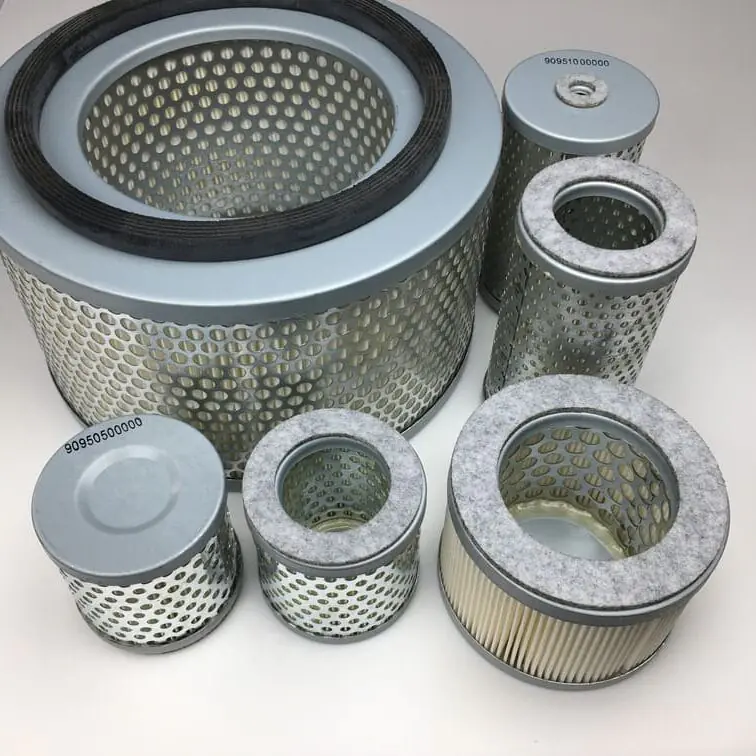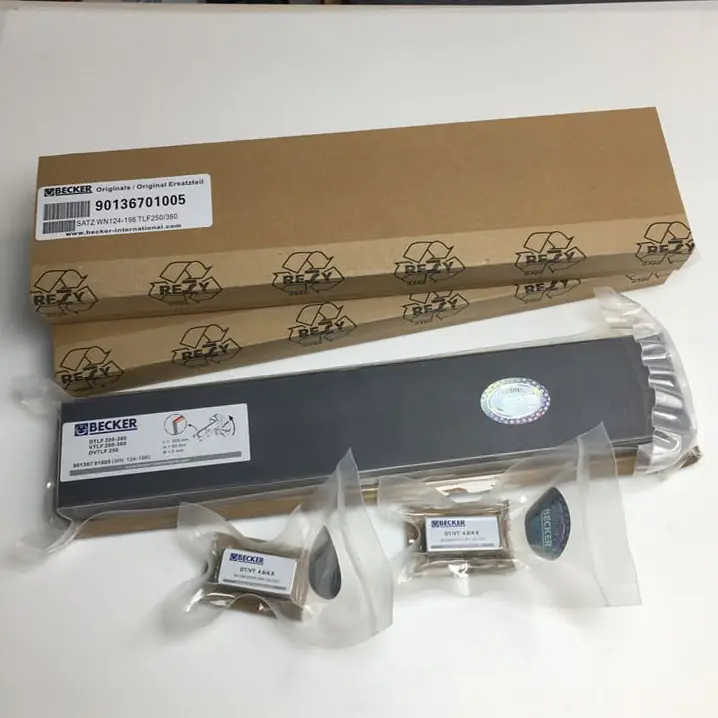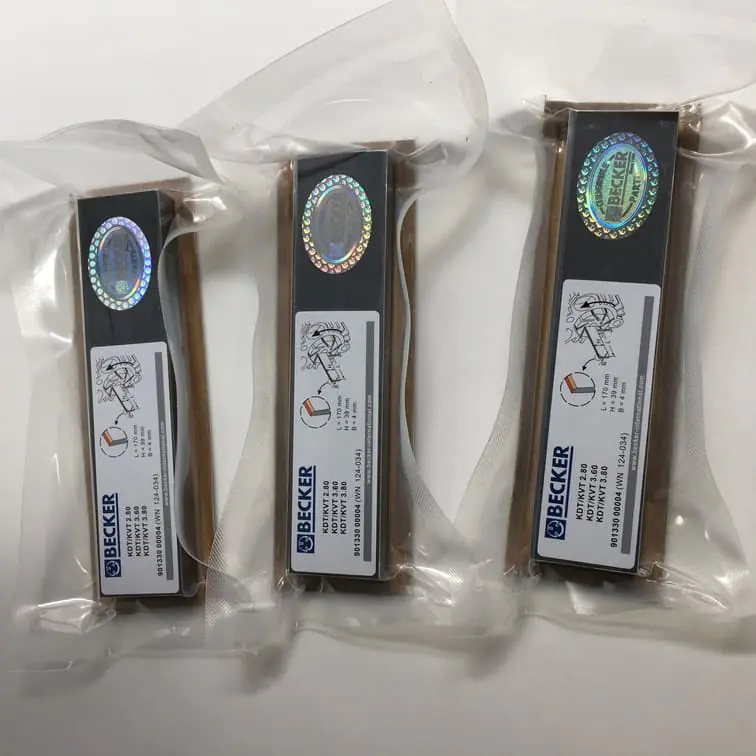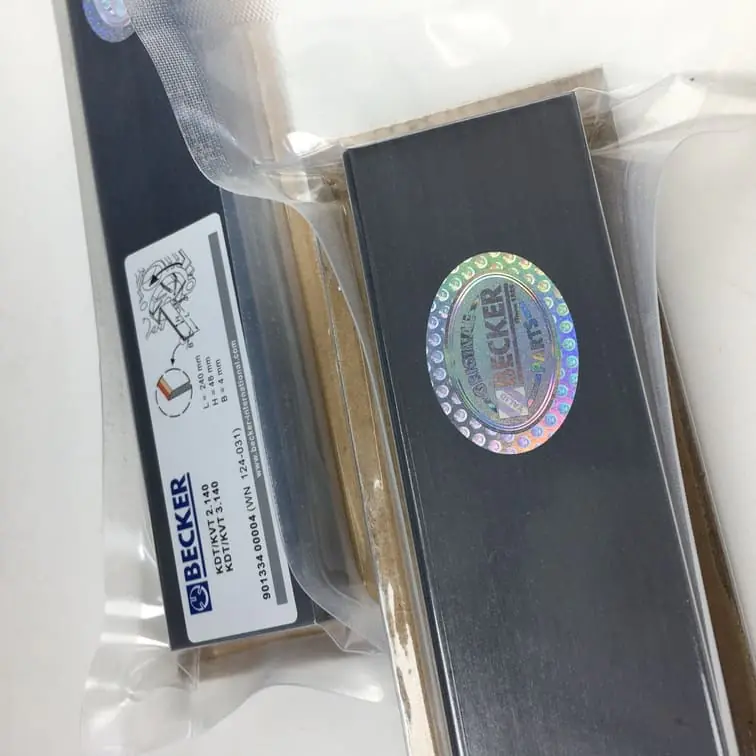How to Ballast a Vacuum Pump Effectively
Vacuum pumps are a critical component in many industrial and scientific applications. To ensure optimal performance and longevity, it’s crucial to ballast the vacuum pump effectively. The ballast valve plays a significant role in expelling contaminants such as moisture and gases, thereby improving the pump’s ability to maintain an efficient vacuum level. In this comprehensive guide, we will explore how to properly ballast a vacuum pump and the best practices for keeping your equipment in peak condition.
Understanding this process can save you costly repairs, improve the life of your vacuum pump, and ensure the reliability of your vacuum system.
What is Gas Ballast in a Vacuum Pump?
Definition and Purpose of Gas Ballast
A gas ballast is a feature found on many vacuum pumps that allows a small amount of dry air or gas to enter the pump during the exhaust phase. This helps to expel condensable vapors, such as water or other volatile compounds, which could otherwise condense inside the pump oil and reduce its efficiency.
- Gas Ballast Valve: This valve can be opened or closed to control the flow of ballast gas into the pump.
- Condensable Vapors: Vapors that could condense inside the pump, leading to reduced performance or even mechanical failure.
Table of Key Components in a Vacuum Pump with Gas Ballast:
| Component | Function |
|---|---|
| Gas Ballast Valve | Introduces dry air into the pump |
| Pump Oil | Lubricates and seals the pump |
| Inlet and Outlet Ports | Allows air to flow in and exhaust |
Importance of Using a Gas Ballast
Using a gas ballast effectively can significantly improve the pump’s performance by preventing moisture and other condensable gases from contaminating the pump oil. When condensable vapors enter the pump and condense in the oil, it decreases the pump’s efficiency and can lead to internal corrosion.
Note: Proper gas ballast helps maintain the integrity of the pump oil, reducing the frequency of oil changes and extending the life of your vacuum pump.
When Should You Use the Gas Ballast?
Indicators for Using Gas Ballast
The need to use the gas ballast is determined by the type of gas you are pumping. When dealing with high-moisture environments or any gases that can condense under vacuum conditions, using the gas ballast becomes essential. Here are some common indicators that you should use the gas ballast:
- High Moisture Content: If you are working in a setting where water vapor is present, such as in refrigeration systems or HVAC applications.
- Corrosive Gases: Gases that may condense into liquids that are corrosive to the internal components of the pump.
- Foamy Oil: If the oil in the sight glass appears foamy or milky, it may be an indicator of condensed vapors contaminating the oil.
Typical Scenarios for Using Gas Ballast
- Evacuating Refrigeration Systems: In HVAC and refrigeration systems, moisture is often present. The gas ballast should be opened to prevent that moisture from condensing in the pump oil.
- Chemical Laboratories: Many lab processes produce volatile vapors, which could be harmful if they condense in the pump oil.
| Scenario | Gas Ballast Setting |
|---|---|
| Moisture present in system | Gas ballast valve open |
| Dry system | Gas ballast valve closed |
How to Use the Gas Ballast Effectively
Step-by-Step Process
Using the gas ballast valve correctly is relatively simple, but it requires attention to detail to ensure that the vacuum pump operates efficiently:
- Start the Vacuum Pump: Turn on your vacuum pump as usual and let it run for a few minutes to stabilize.
- Open the Gas Ballast Valve: Open the gas ballast valve during the initial stages of pumping. This will help remove any condensable vapors present in the vacuum system.
- Monitor the Oil Sight Glass: Observe the oil sight glass on the pump. If the oil looks cloudy or milky, it is a sign of contamination.
- Close the Gas Ballast Valve: Once the oil appears clear and you are reaching the required vacuum level, close the gas ballast valve. This will allow the pump to achieve a deeper vacuum.
Tip: Do not leave the gas ballast valve open longer than necessary, as it may reduce the ultimate vacuum level achievable by the pump.
Benefits of Using a Gas Ballast
Preventing Oil Contamination
One of the primary benefits of using the gas ballast is to keep the pump oil free from contaminants. Clean oil is critical for maintaining a deep vacuum and ensuring the pump’s efficiency over time.
- Extends Oil Life: By preventing water and other vapors from condensing in the oil, you can significantly extend the intervals between oil changes.
- Reduces Corrosion: Moisture in the pump oil can lead to internal rust and corrosion, reducing the pump’s lifespan.
Enhanced Pump Performance
Using a gas ballast can help maintain the performance of your vacuum pump by keeping the oil clean and reducing internal pressure. This helps achieve a more consistent vacuum level and prolongs the operational life of the pump.
Table of Gas Ballast Benefits:
| Benefit | Description |
|---|---|
| Oil Contamination Control | Prevents moisture from degrading oil quality |
| Prolonged Pump Life | Reduces wear and corrosion |
| Enhanced Performance | Maintains efficient vacuum levels |
Common Mistakes When Using Gas Ballast
Mistake 1: Leaving the Gas Ballast Open Too Long
Leaving the gas ballast valve open for too long can reduce the ultimate vacuum achievable by the pump. This means that your pump will not be able to reach the deep vacuum levels necessary for certain applications.
Mistake 2: Not Using Gas Ballast with Moisture
Failing to use the gas ballast when pumping moist air can lead to oil contamination, resulting in a loss of efficiency and potentially costly repairs. Make it a habit to open the gas ballast when you suspect moisture or condensable gases are present.
Mistake 3: Ignoring Maintenance
Even with proper use of the gas ballast, regular maintenance is still essential. Make sure to change the pump oil at recommended intervals and inspect the pump for any signs of wear or damage.
Reminder: Always use high-quality oil suitable for your vacuum pump model. Check Vacuum Pump Spare Parts for original vanes and filters to keep your pump running smoothly.
Maintenance Tips for Gas Ballast Operation
Regular Oil Changes
To ensure your vacuum pump is running at its best, regular oil changes are essential. Over time, even with the use of a gas ballast, contaminants may accumulate in the oil, reducing its effectiveness.
- Check Oil Color: The oil should be transparent or light amber. If it appears dark or cloudy, it is time to change the oil.
- Use Quality Oil: Always use oil recommended by the pump manufacturer to avoid compatibility issues.
Cleaning the Gas Ballast Valve
The gas ballast valve can accumulate dirt or residue, which may affect its performance. Periodically check the valve for blockages and clean it as necessary to ensure smooth operation.
Frequently Asked Questions
1. What is the purpose of a gas ballast in a vacuum pump?
A gas ballast prevents condensable vapors, such as water vapor, from contaminating the pump oil. This keeps the vacuum pump working efficiently and prolongs the life of the oil.
2. Should the gas ballast always be open?
No, the gas ballast should only be open when there is a risk of condensable vapors entering the pump. Once the system reaches a stable vacuum and there are no more vapors, the valve should be closed.
3. How can I tell if my vacuum pump oil is contaminated?
If the pump oil appears milky or cloudy in the sight glass, it is likely contaminated with water or other condensables. Using the gas ballast can help remove these contaminants.
4. Does using the gas ballast affect the vacuum level?
Yes, using the gas ballast will slightly reduce the achievable vacuum level. Once all condensables are removed, the gas ballast should be closed to achieve the desired vacuum.
5. How often should I change my vacuum pump oil?
The frequency of oil changes depends on the application and operating conditions. Regularly check the oil’s color and consistency, and change it whenever it appears dark or contaminated.
Conclusion
Ballasting a vacuum pump is a vital process to maintain its efficiency and prolong its lifespan. Proper use of the gas ballast valve prevents moisture and other contaminants from entering the pump oil, ensuring that your vacuum pump operates effectively. By following the best practices discussed in this article—such as using the gas ballast when appropriate, performing regular oil changes, and keeping up with routine maintenance—you can avoid common issues and keep your vacuum pump in peak condition.
For additional parts and accessories, such as high-quality Becker Air Filters or replacement vanes, visit Vacuum Pump Spare Parts. Keep your equipment reliable and efficient with the right tools and maintenance supplies.




